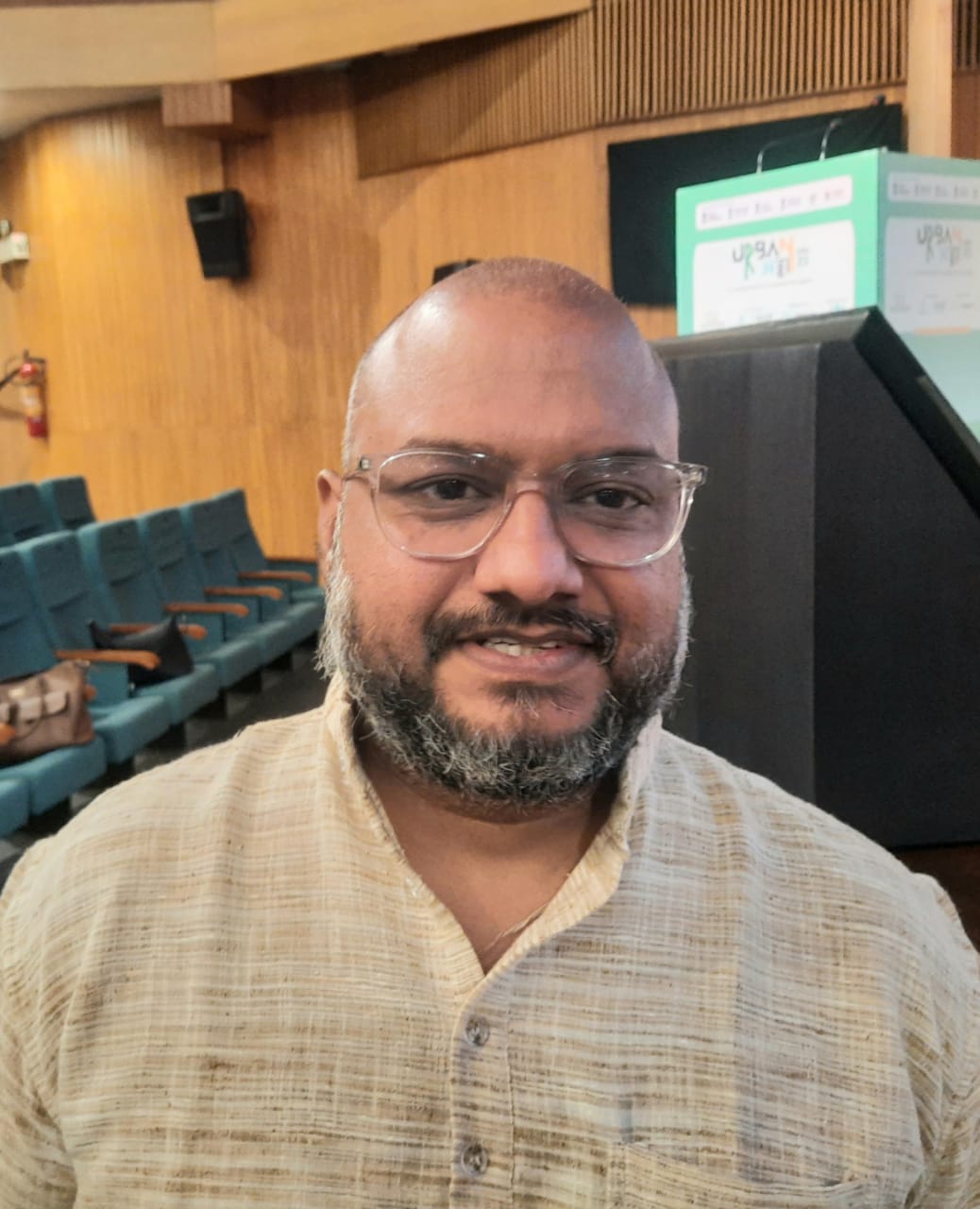The Bureau of Indian Standards (BIS) is spearheading a transformation in the textile industry by championing innovation through rigorous standardization. In an age where performance, safety, and sustainability define success, BIS is actively crafting cutting-edge standards for high-performance textiles, including fire-resistant and bulletproof fabrics. These standards do more than guarantee product reliability and consumer protection—they elevate Indian textiles to meet and exceed global benchmarks, thereby boosting their international competitiveness.
With scientifically validated criteria for technical textiles, BIS empowers manufacturers to innovate boldly and responsibly. It ensures seamless regulatory compliance while nurturing a thriving ecosystem for research, development, and technological advancement. This strategic foresight enables the textile sector to address critical demands across defence, industrial safety, and emergency response—contributing significantly to national preparedness and public safety.
BIS’s leadership in textile standardization reflects its unwavering commitment to quality, safety, and global relevance. It positions India as a frontrunner in delivering next-generation textile solutions to the world.
In an exclusive dialogue with The Interview World at the PHD Chamber of Commerce and Industry’s Conference on The Future of Textiles – Challenges and Opportunities in Man-Made Fibres, J.K. Gupta, Director and Head of the Textiles Department at BIS, offered a deep dive into the organization’s pivotal initiatives. He highlighted BIS’s role in shaping the future of man-made fabrics, detailed efforts to uplift quality standards across industries, and explained the far-reaching impact of the Manak Manthan initiative. He also provided valuable insights into the evolving standards for fire-resistant materials and emphasized ongoing efforts in standardizing bulletproof apparel and protective gear.
Here are the most compelling takeaways from his insightful conversation.
Q: What role does the Bureau of BIS play in setting and regulating quality standards for the extractization and processing of man-made fabrics?
A: When it comes to man-made fabrics, the Bureau of Indian Standards (BIS)—India’s national standardization authority—holds a critical mandate: to drive standardization across all sectors of the economy. We began by successfully completing the standardization of fibres, filaments, and spun yarns. That was the first milestone.
Now, the spotlight shifts to fabrics—a far more complex and challenging domain. Despite having surplus production capacity, we face a serious threat: the influx of substandard imported materials. This poses both a quality risk and a challenge to our domestic industry.
To counter this, my team is working with strategic urgency. We’ve already identified key Harmonized System Nomenclature (HSN) lines—ranging from 8 to 16—focused specifically on man-made fibres such as polyester and nylon, along with their various blends.
Our goal is clear. Within the current financial year, we aim to release comprehensive and robust standards in this segment. These will not only set the benchmark for product quality but also support the creation of effective Quality Control Orders (QCOs) and Technical Barriers to Trade (TBTs), thereby strengthening the sector’s regulatory backbone and safeguarding both producers and consumers.
Q: What new initiatives is BIS currently undertaking to enhance quality and standardization across industries?
A: The entire standardization ecosystem has undergone a significant transformation. Globally, organizations are now embracing the model of online standard development. In step with this shift, the Bureau of Indian Standards (BIS) is revamping its digital infrastructure to meet modern expectations.
We are currently upgrading our online portal to support a fully integrated platform for online standard development. This platform will soon offer stakeholders seamless access to tools for drafting, commenting, and collaborating on standards in real time—anytime, from anywhere.
This transition brings much-needed flexibility to industry experts, technical committees, and contributors. They will no longer be bound by time zones or physical meetings. Instead, they can actively author, review, and refine standards on a dynamic, collaborative interface.
More importantly, this digital approach will significantly reduce turnaround time. By accelerating the development cycle, BIS can ensure timely release of standards—an essential benchmark for any credible national standards body operating in a fast-evolving global landscape.
Q: What is the ‘Manak Manthan’ initiative, and how is BIS leveraging it to strengthen standardization and stakeholder engagement?
A: Manak Manthan is a pioneering initiative that exemplifies innovation in standardization. With over 40 branch offices across India, the Bureau of Indian Standards (BIS) has established a robust framework to ensure active stakeholder engagement.
Whenever BIS develops a new standard or revises an existing one, it circulates the draft to relevant stakeholders. Now, through the Manak Manthan platform, each branch office is mandated to organize monthly deliberations on a selected standard—either newly formulated or under revision.
These sessions bring together manufacturers, users, state government representatives, testing laboratories, and other stakeholders. Through open dialogue, they examine the draft in detail and provide valuable feedback. BIS then evaluates these insights and incorporates the most constructive suggestions into the final version of the standard.
As a result, the standards become more practical, inclusive, and easier to implement—reflecting the collective wisdom and real-world needs of all concerned parties.
Since the launch of this initiative, BIS has successfully conducted nearly 500 Manak Manthan discussions annually, reinforcing its commitment to transparency, collaboration, and continuous improvement in standard development.
Q: What are the BIS standards for fire-resistant fibres, and how do they ensure safety and performance in various applications?
A: The standardization of fire-resistant (FR) textiles is a forward-thinking and essential initiative. Currently, we have established Quality Control Orders (QCOs) for two Indian standards—IS 15768 and IS 15742—focused on curtains, drapes, and upholstery fabrics used in public spaces. Additionally, we have QCOs in place for firefighter clothing and gloves.
Fire poses a significant hazard, making it imperative to use FR textiles in all public areas. To address this, a QCO is already implemented, and our efforts are now focused on raising awareness among stakeholders to encourage the widespread adoption of FR textiles in public spaces. This proactive measure will help mitigate fire risks and reduce fire-related incidents.
A particularly noteworthy intervention involves firefighter clothing and gloves. These brave individuals risk their lives to protect us during crises, and it is our moral responsibility to ensure their safety. To this end, we have introduced IS 16890, a robust standard for firefighter apparel, and added a new category—Category 2. This category features a lightweight material with superior protective properties, offering enhanced comfort and safety for firefighters in the field.
This intervention is a significant improvement, and the standard will soon be implemented across the sector. Ultimately, these measures will play a vital role in ensuring the safety of public spaces and the well-being of the masses.
Q: What initiatives or developments is BIS currently undertaking in the standardization of bulletproof clothing and protective gear?
A: Bulletproof fabrics hold a special place in my heart. I vividly recall that in 2018, we introduced a standard for bulletproof materials, a crucial step that had been delayed due to the absence of a formal standard. This gap had even hindered our ability to procure bulletproof jackets, as highlighted by the Honourable Prime Minister.
I am proud to announce the successful development of IS 17051, a groundbreaking standard for bulletproof fabrics. India is now one of the few countries—alongside the US and UK—to have its own standard for bulletproof jackets.
This Indian standard defines six distinct grades, ranging from Level 1 to Level 6. Notably, Level 5 provides protection against an AK-47 bullet, traveling at 700 meters per second, aimed at the shoulder. Even more remarkable, Level 6 offers protection against the powerful APA round.
This is an incredible achievement. Thanks to this standard, our defence forces and Central Armed Police Forces (CAPFs) are now able to procure bulletproof jackets that meet these rigorous specifications, significantly enhancing their safety and operational effectiveness.









